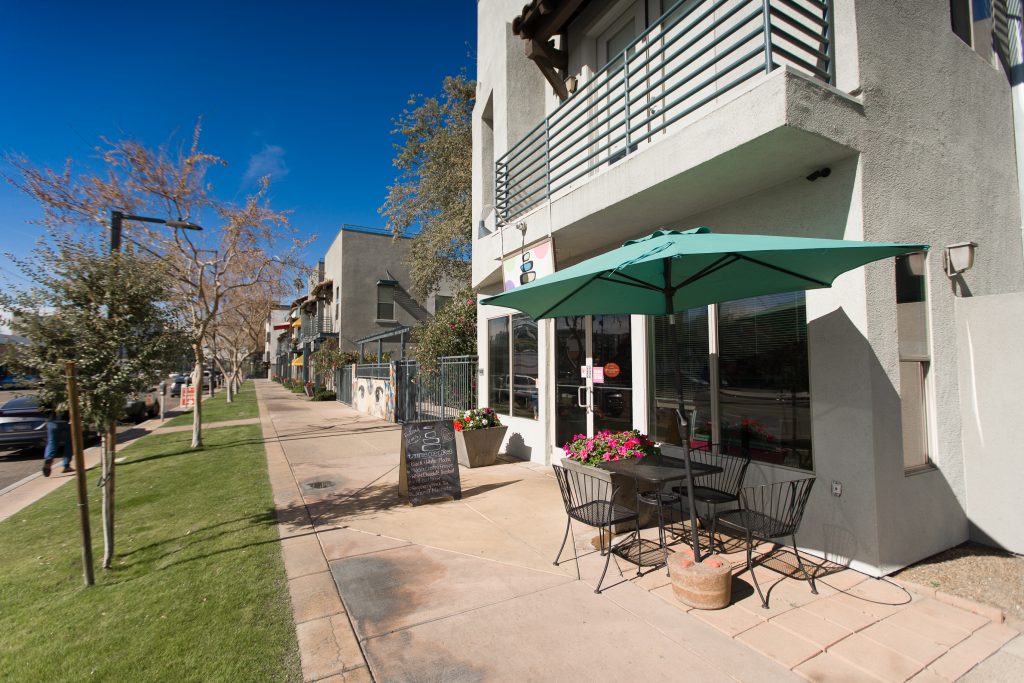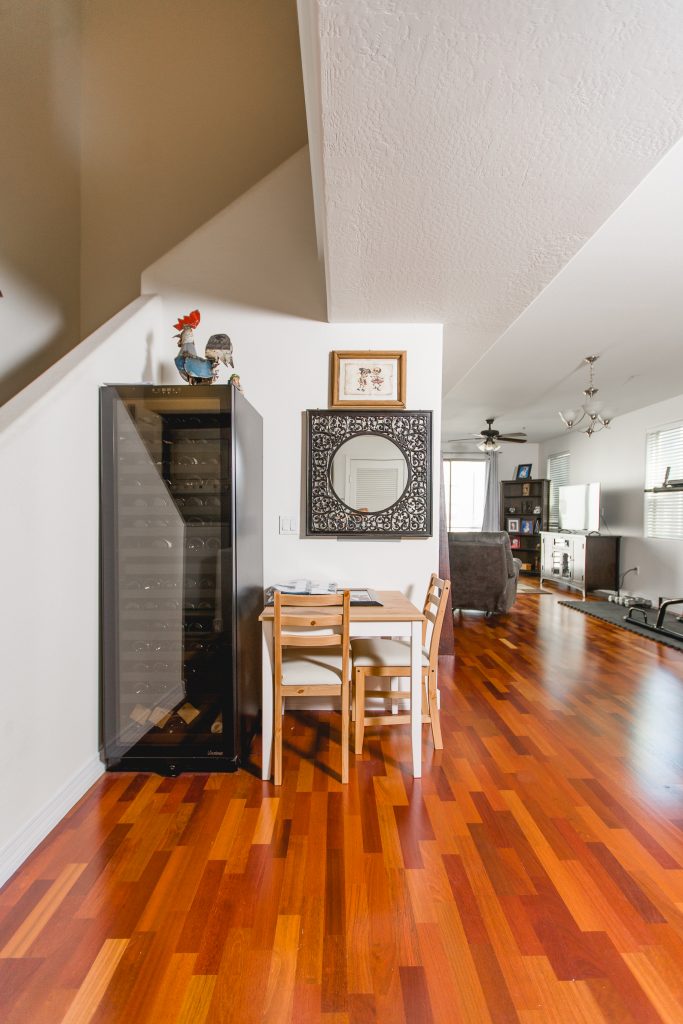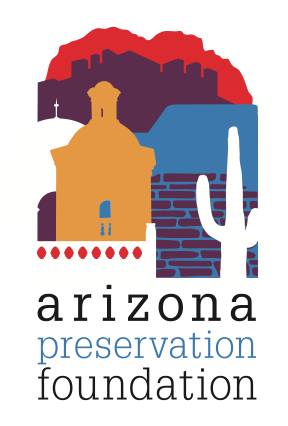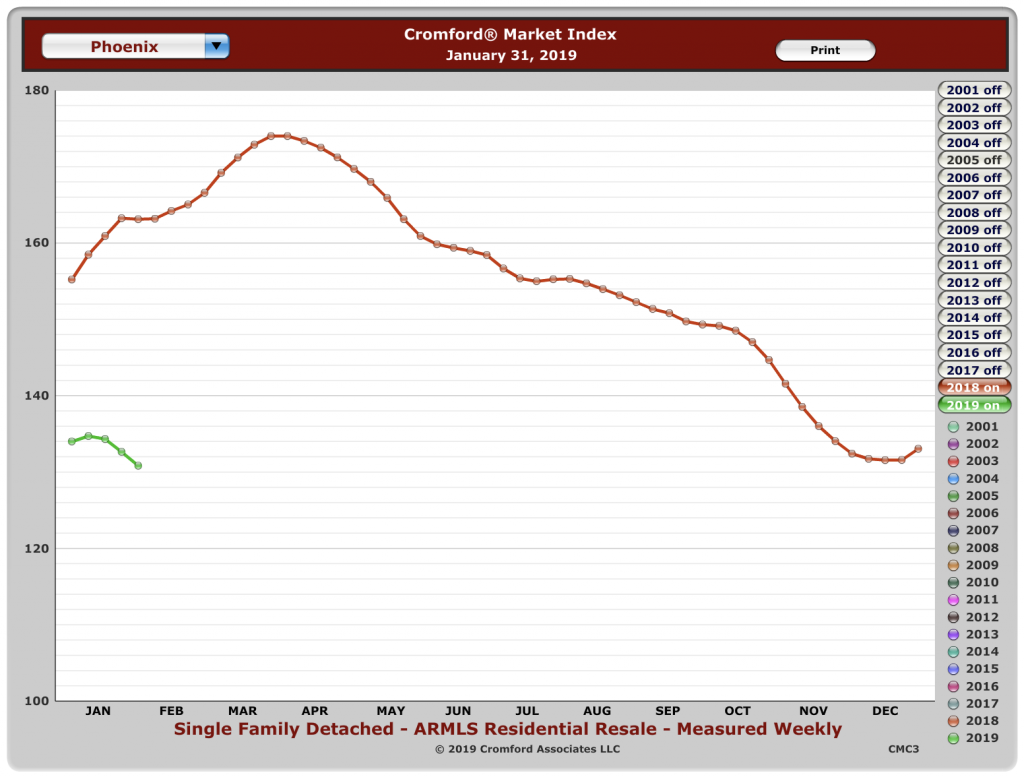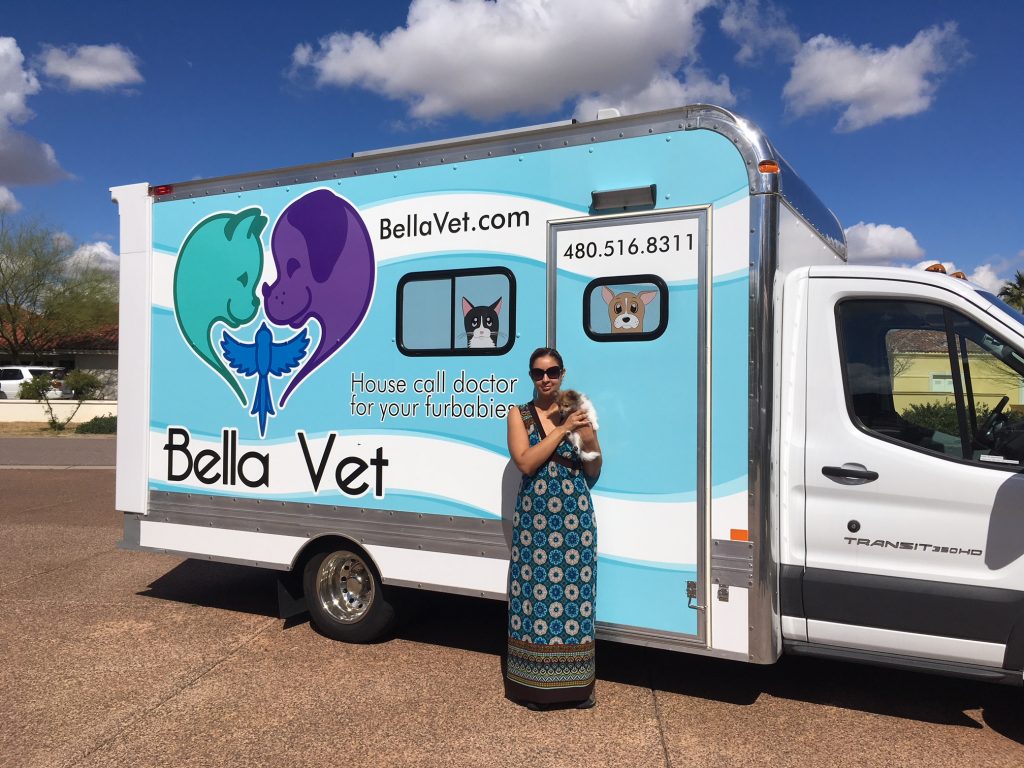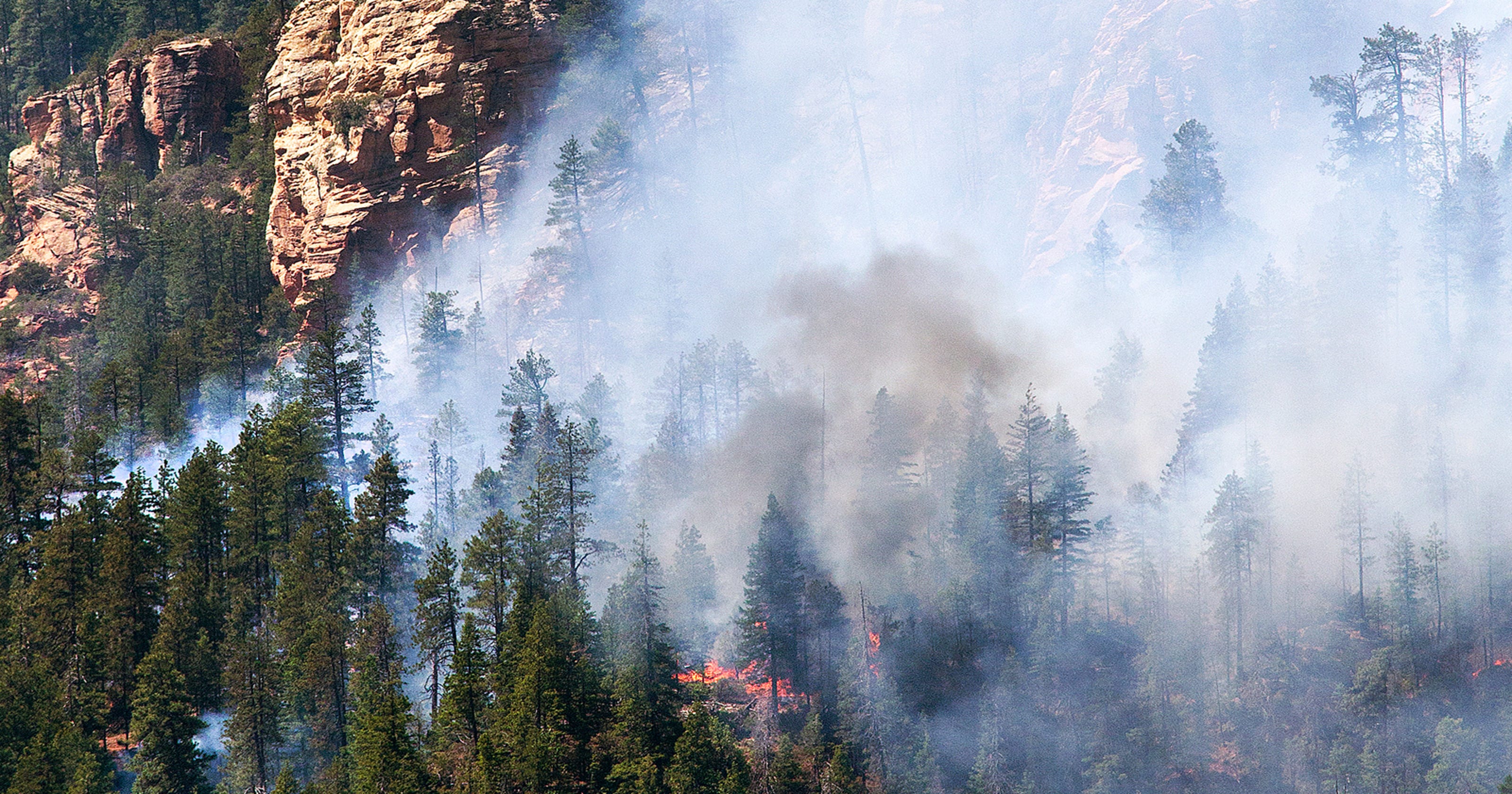For those of you new to seeing policy analysis in this otherwise community and real estate newsletter, here’s the deal. Since yours truly (Ken) is a policy nerd who believes that the real estate market is directly impacted by public policy, I’m going to choose topics of general interest having to do with policy once per month for a deeper dive.
I’ve been thinking about forest health for many years. Both when I was a legislator, and after. The Rodeo-Chediski fire happened around the time that I was in office the first time, in 2002.
Why is this important? Well, excessive forest fires add to the global warming problem. They can contaminate water that we rely on to live. They damage property and kill people and wildlife.
And if you want the real estate tie-in, just think what your property in Phoenix would be worth if we can’t attract tourists because our forests are decimated, or if we can’t depend on water from higher elevations.
The number one take-away of this story is this: our shared inability to maintain forest health has cost us much more than it would have cost to, you know, maintain forest health!
I’ve noticed over the years that there are talking points on both sides that stand like stone walls in the way of true, long-term planning.
Republican members often declare that all forest fires were the fault of environmentalists. Democrats, usually from urban areas, don’t pay enough attention to the issue. Neither approach is helpful.
So, I thought it would be worth talking with somebody who could bust some myths. I called recently-retired ASU professor Stephen Pyne to help me.
You may have heard Dr. Pyne on KJZZ late last year talking about the California fires. Pyne is well-regarded on all sides when it comes to forest health. He has published over 30 books on various topics related to the environment.
I asked him to talk about the biggest myths in forest health. We covered the big ones in a conversation last month.
Use these to impress somebody at your next cocktail party, or you know, myth bust the next politician who wants you to scapegoat their political foes when it comes to forest health issues.
To summarize, Pyne says of the political debate that, “it’s like everybody is standing around a camp fire, with their back to it, trying to describe how to manage it.”
The biggest problem, he says, is that most people want to use fire to animate some other message that they have. They don’t want to use fire to talk about the fire problem.
President Trump’s claim that the recent California fires were the fault of regulations was a perfect example. One percent of what he said, according to Pyne, had a kernel of truth and 99% was dead wrong.
Trump also spoke about a kind of “clean the forest floor” approach, which is a European model of managing forest, almost like managing a big garden.
However, they have different landscapes there with much different human populations. Plus it is incredibly costly to do.
The one kernel that Pyne says is correct is that we should open up some forests to logging. But, and this is a big “but”, it can’t be the clear-cutting methods that logging use to implement.
According to Pyne, clear cutting used to take the big trees and left the little trees. But healthy forest fires take the little material and leaves the big trees.
Alternatively, he says, “if you want to treat the fire problem, you need to take the small stuff. How do you want to do that? Goats? Wood Chippers? How is that financially feasible for a logging company? Plus, we need to match the type of management to the character of each type of forest terrain that we have in Arizona. All of that takes money.”
I remember that we passed legislation in my first term in office (2003-2005) that gave tax credits for fuel so that logging companies could afford to drive around and harvest small-diameter trees.
Unfortunately, that was insufficient to re-ignite the timber industry.
Basically, we have a “tragedy of the commons” situation, in which industry can’t afford to operate unless they take larger trees. But we can’t let them do that if we want to keep our forests (and ourselves) healthy.
As such, the most logical player to resolve the tragedy of the commons dilemma is the government. Yet federal funds for forest management are insufficient and there is not nearly enough at the state level.
The other myth that Pyne spoke about was the myth that forests are not healthy because the environmentalists made it impossible to log.
This is false for several reasons, and only serves to create a bugaboo for rural voters, rather than solutions.
First, forest health was undermined because both logging interests and environmentalists from the 1920s to the 1970s thought that the best approach was to suppress every fire.
According to Payne, “At the time, that made sense because the forests were over-logged by the previous century of clear-cutting and over-burning. The 1970s saw a change in policies, but getting that operational on the ground has been spotty. Further, they were not nuanced in how they prescribed burns. Basically, we operated for 50 years in the old policy and we’ve spend the 40 years since trying to correct it. You can’t blame environmentalists for that.”
He does say, however, that the current National Environmental Protection Act (NEPA) regulations need to be modernized and adapted to allow for better management.
NEPA, he says, was not designed for fire management. We shouldn’t discard public accountability, but we should reform the system. We should not give up safeguards just because we allow logging, but it needs to be more responsive. He points to the Nature Conservancy’s conservation model as something to be emulated.
Of course you can see the problem here. Just try to ask the same Congress that can’t keep the government open consistently to agree new NEPA regulations and see how that goes.
Another myth: this is a problem that state and federal governments should solve unilaterally. Actually, no. We need to look ourselves to see how we, the public, have contributed to the problem and how we can solve it. It is the public, after all, that fails to build their forest homes with fire-resistant materials and defensible spaces.
As a result, homes burn and fire fighters spend precious time trying to defend homes that should not be nestled so closely to the trees.
Well, I don’t own a cabin in the woods, but we are all “the public” and we should be looking at our own behavior, just as we should with any environmental problem.
Pyne says that we need to bring, “urban expectations to an ex-urban setting.”
To put it another way, county governments need to enact and enforce laws about how to build homes in forest lands.
Just as cities enforced fire codes over 100 years ago to prevent massive urban fires, government needs to enforce laws that are appropriate for the urban-forest interface.
“We manage building materials in cities, but not in these ex-urban areas. Why not? Our cities used to burn this much, but we solved that. Instead of thinking of them as woodland fires, think of them as urban fires with funny landscaping.”
Specifically, that means choosing metal roof materials and clearing smaller trees and brush away from the house to create a defensible space. Pyne did these things to his property near Alpine and his property survived the Wallow fire.
I asked him where we should start first and what it would cost.
According to Pyne, we need to target the areas that matter the most: woodland-interface communities, water sheds and particularly sensitive lands.
I have made the recommendation to other government officials over the years that we treat forest health like cities treat recycling. The government should pay the cost of healthy forest management and should manage the sale of materials to the highest bidders.
This won’t make money for the city or state, but we can defray the cost, support new forest industries, improve forest health and prevent massive wildfires.
14-inch diameter Ponderosa pine is perfect for 2x4s, we can get mulch from bark and press board from excess shavings.
Pyne points to the Ecological Restoration Institute at NAU, which has been thinning for 25 years, as it looks for various ways to pay for itself. Naturally, it has not yet.
As for the cost, that’s just an issue of priorities. “We subsidize everything, anyway: high fructose corn syrup, fossil fuels. Subsidies are much cheaper than forest fires. It’s already costing us money.”
